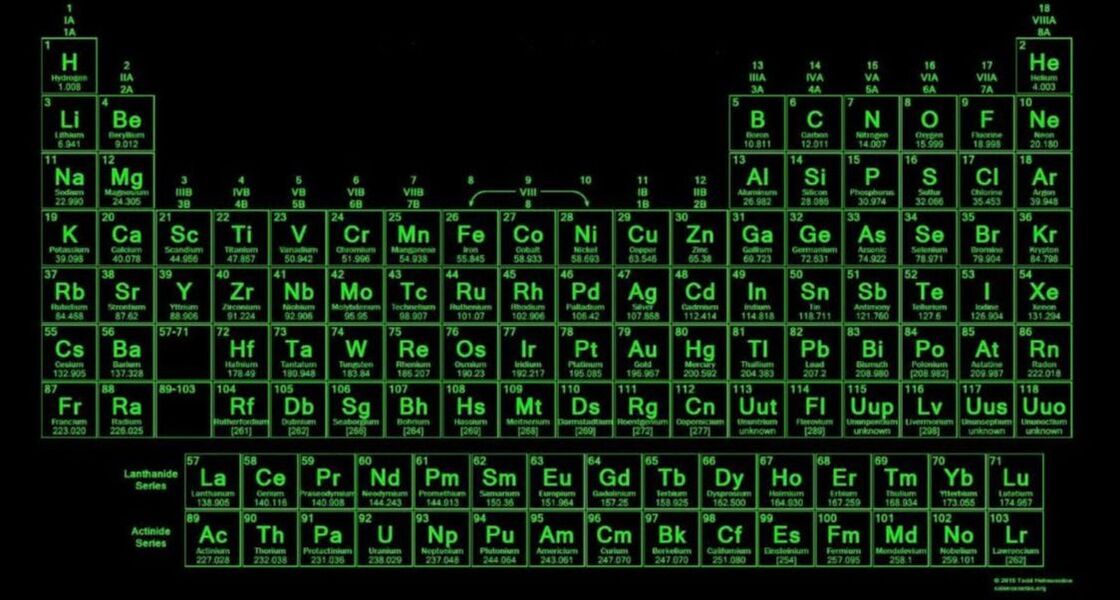In the past, countries raced to untouched corners of the earth in search of raw materials. Scientists sliced and diced those elements to understand what they were made of, and inventors came up with novel ways to use them. Modern civilization cannot sever its dependence on rare elements.
This quest to exploit rare elements has led to great advances for humanity. It has also led to resource depletion, ecological devastation, and geopolitical exploitation.
No doubt there is still plenty to criticize. Yet, it also appears that humankind is beginning to ask deeper questions about how to develop and use rare elements more sustainably. We’re not there yet—the wasteful disposal of decommissioned toxic solar panels is a case in point. But this issue of Energy Today takes a moment to appreciate an elementary truth about research, development, and deployment of rare earth elements: we are getting better.
This quest to exploit rare elements has led to great advances for humanity. It has also led to resource depletion, ecological devastation, and geopolitical exploitation.
No doubt there is still plenty to criticize. Yet, it also appears that humankind is beginning to ask deeper questions about how to develop and use rare elements more sustainably. We’re not there yet—the wasteful disposal of decommissioned toxic solar panels is a case in point. But this issue of Energy Today takes a moment to appreciate an elementary truth about research, development, and deployment of rare earth elements: we are getting better.
|
Rare Earth Elements:
the Science of Discovery Today’s obsessive pursuit of natural resources is part of a centuries-long scientific quest to identify and understand the elements that make up the earth. See also: One Belt, One Road, No Plan
|
|
Coal: From Ashes to Rare Earth Metals
Finding new ways to extract rare earth metals from the waste generated by burning coal is one of the ways that researchers are attempting to rethink resource use. See also: Carbon Loophole
|
|
Platinum & Cobalt: Inspiration from the Past
Chemical engineers are drawing inspiration from the ancient Egyptian tradition of gilding to make modern-day fuel cells less expensive and more powerful. See also: The War of the Currents
|
Bonus for Members of AES
Radium: A Radioactive Discovery
Many scientists, doctors and inventors, including Thomas Edison, were fascinated by how X-rays made the invisible observable. But Marie Curie suspected there was more to discover.
Radium: A Radioactive Discovery
Many scientists, doctors and inventors, including Thomas Edison, were fascinated by how X-rays made the invisible observable. But Marie Curie suspected there was more to discover.
News from the Society
|
The Editors of Energy Today welcome submissions of original articles for publication consideration. Please contact the editorial staff by email with questions or attach the proposed article as a Word document.
|











